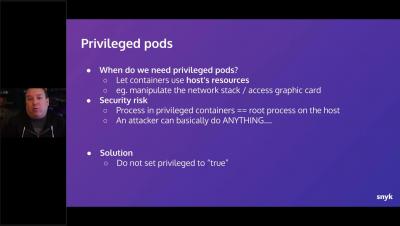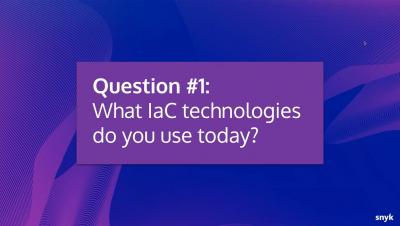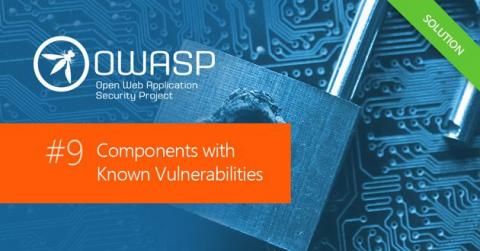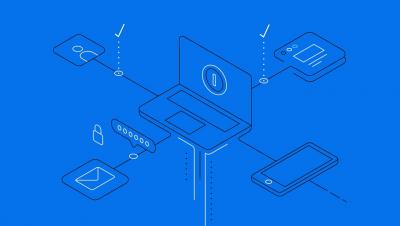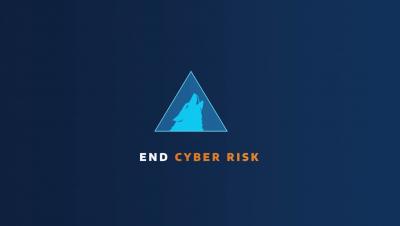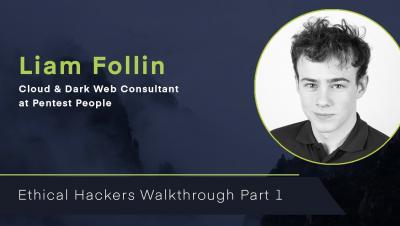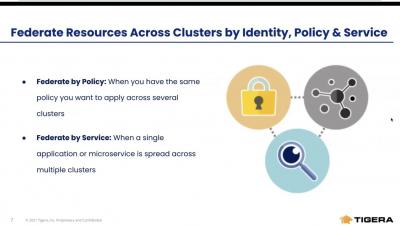Security | Threat Detection | Cyberattacks | DevSecOps | Compliance
Security
In the last few years, we’ve seen more and more responsibilities shift left – to development teams. With the widespread adoption of Kubernetes, we’re now seeing configurations become a developer issue first and foremost. This responsibility means that developers need to be aware of the security risks involved in their configurations.
The State of Infrastructure as Code Security at Kubecon Europe
The adoption of infrastructure-as-code and configuration-as-code is soaring with the rising popularity of technologies like Kubernetes and Terraform. This means that designing and deploying infrastructure is a developer task, even if your “developer” is an infrastructure architect, and, just like application code, configurations can use test-driven methodologies to automate security prior to deployment.
OWASP Top 10: Using Components with Known Vulnerabilities Security Vulnerability Practical Overview
If you know about a vulnerability, you can be certain that adversaries also know about it – and are working to exploit it. It sounds like a no-brainer; but using components with known vulnerabilities still makes #9 in the current OWASP list of the ten most critical web application security risks.
1Password Secrets Automation
Announcing 1Password Secrets Automation. It’s the 1Password you know and love, now for all your company secrets. 1Password protects secrets like logins and credit cards. Secrets Automation protects secrets in your company infrastructure – like API tokens, application keys, and private certificates – and supplies them when and where they’re needed.
OWASP Top 10 in 2021: Vulnerable and Outdated Components Practical Overview
If you know about a vulnerability, you can be certain that adversaries also know about it – and are working to exploit it. It sounds like a no-brainer; but using components with known vulnerabilities still makes #6 in the current OWASP list of the ten most critical web application security risks.
Arctic Wolf Managed Detection and Response
The cybersecurity landscape constantly becomes more difficult to defend as devices proliferate and cyberthreats become more sophisticated. Organizations often rely on new tools to stay protected, but this approach can quickly spiral into a maze of complex products—a patchwork of controls that lack the holistic integrity for effective cybersecurity. Your search for the right solution shouldn't be this hard.
CSRF & Brute Force Walkthrough
In today's video, Liam takes us through a real-life attack scenario. He walks you through CSRF and Brute force attacks while also highlighting some reverse engineering.
What's new in UpGuard | May 2021 | Cyber Security Product Releases
Check out what's new from UpGuard this month.
Unified Controls | Tigera
Organizations are scaling Kubernetes deployments with container platforms running on a mix of on-prem, cloud, and multi-cloud infrastructure. However, not all users are taking a standardized approach to building multiple clusters on a common distribution and on a single infrastructure with common security tools.


